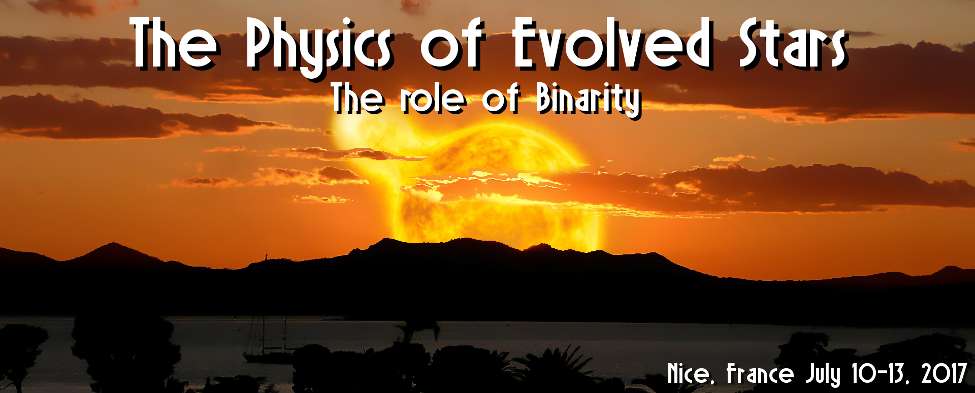Planetary Nebulae provide an important laboratory in which to study the products of common envelope evolution. Close binary central stars inside of planetary nebulae are necessarily the result of such evolution. In addition, because the ejected envelope (the planetary nebula) is still visible, we know that the central binary has only recently emerged from the common envelope. Subsequently the two stars have typically not had time to be altered by mass transfer, orbital evolution (via mass transfer or magnetic braking), or additional mass loss (e.g., via winds). We present the currently known sample of binary central stars, focusing on three aspects of the sample: alignment of the central binaries with the surrounding nebula, double degenerate central binaries, and cases of post-RGB evolution.

|
|
|
|
Planetary Nebula Central Stars as Observational Tracers of Common Envelope Evolution
1 : Valparaiso Univ
3 : Instituto de Astrofísica de Canarias
(IAC)
4 : Macquarie University
5 : University of Leicester
|
| Online user: 1 | RSS Feed |

|
 PDF version
PDF version